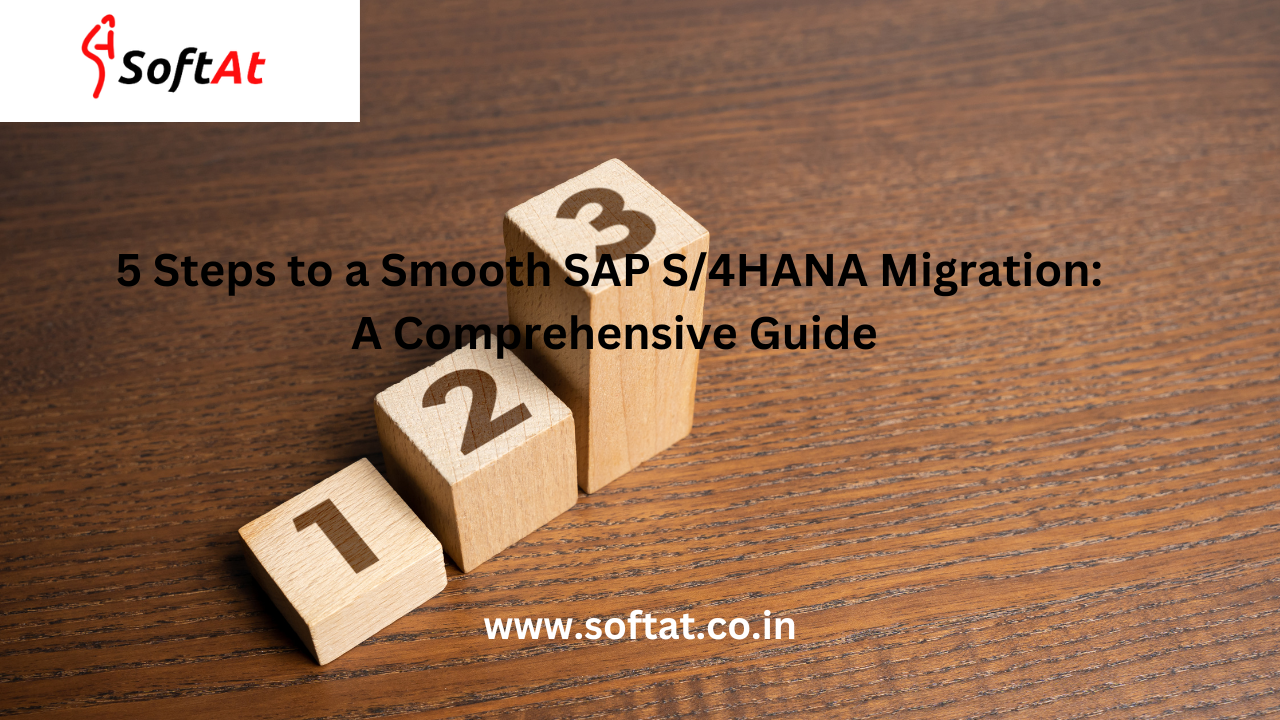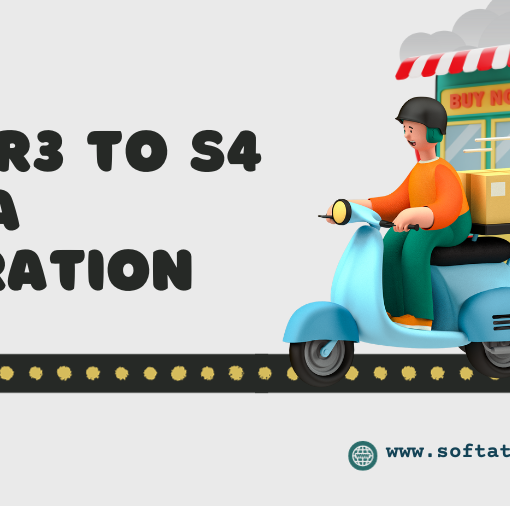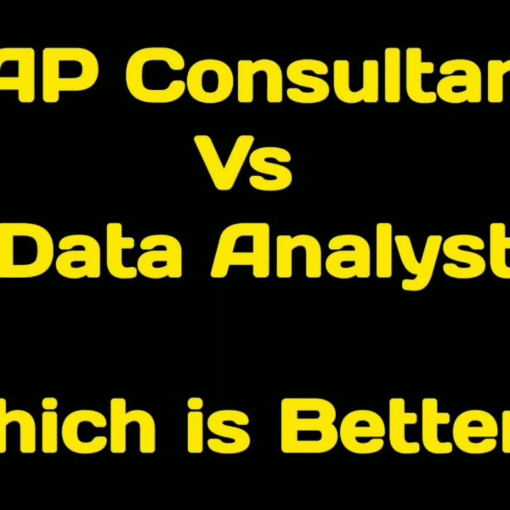Understanding the Search Intent
Before diving into the content, let’s clarify the search intent behind the keyword “5 Steps to a Successful SAP S/4HANA Migration.” Users searching for this term are likely looking for a clear, actionable roadmap to navigate the complexities of an SAP S/4HANA migration. They want practical advice, best practices, and potential pitfalls to avoid.
Step 1: Define Your Business Objectives and Scope
The foundation of a successful SAP S/4HANA migration is a clear understanding of your business goals. This step involves:
- Identifying business drivers: Pinpoint the reasons for the migration, whether it’s cost reduction, improved efficiency, enhanced customer experience, or compliance mandates.
- Defining the scope: Determine the specific modules and processes to be migrated. Consider a phased approach if the entire system migration is too complex.
- Assessing your current SAP landscape: Evaluate the health of your existing SAP system, including data quality, customizations, and integrations.
Key Considerations:
- Involve key stakeholders from different departments to ensure alignment with business objectives.
- Conduct a thorough gap analysis to identify the functionalities missing in your current system.
- Prioritize processes based on their impact on the business.
Step 2: Build a Strong Project Team
Assembling the right team is crucial for a successful migration. Consider the following roles:
- Project manager: Oversees the entire project, manages timelines, and resources.
- Business process experts: Understand the end-to-end business processes and requirements.
- SAP functional consultants: Possess deep knowledge of SAP modules and configurations.
- Technical consultants: Handle system integration, data migration, and technical aspects.
- Change management experts: Manage the impact of the migration on employees and processes.
Key Considerations:
- Clearly define roles and responsibilities within the team.
- Establish effective communication channels to facilitate collaboration.
- Provide necessary training to team members to ensure they have the required skills.
Step 3: Choose the Right Migration Approach
There are several migration approaches to choose from, each with its own advantages and challenges. The most common options include:
- Greenfield implementation: A clean slate approach, suitable for organizations with limited customizations.
- Brownfield implementation: Leveraging the existing SAP system as a starting point.
- Selective data migration: Migrating only critical data to reduce complexity and costs.
- System conversion: Converting the existing SAP system to S/4HANA.
Key Considerations:
- Evaluate the pros and cons of each approach based on your business needs and budget.
- Consider the impact of the chosen approach on data migration, customizations, and training.
- Develop a detailed migration plan outlining the steps involved.
Step 4: Data Migration and Cleansing
Data is the lifeblood of any SAP system. A robust data migration strategy is essential for a smooth transition. This step involves:
- Data assessment: Evaluate the quality, consistency, and completeness of your data.
- Data cleansing: Identify and correct data errors, inconsistencies, and duplicates.
- Data migration planning: Develop a detailed data migration plan, including data mapping and load strategies.
- Data migration testing: Perform thorough testing to ensure data integrity and accuracy.
Key Considerations:
- Use data quality tools to automate the cleansing process.
- Involve business users in data validation to ensure accuracy.
- Develop a data migration rollback plan in case of issues.
Step 5: Testing, Training, and Go-Live
The final phase involves rigorous testing, user training, and a successful go-live.
- System integration testing: Verify the integration of all SAP modules and external systems.
- User acceptance testing (UAT): Ensure the system meets business requirements and user expectations.
- End-user training: Provide comprehensive training to all users to maximize adoption.
- Change management: Support employees through the transition and address resistance to change.
- Go-live planning: Develop a detailed go-live plan, including cutover activities and post-go-live support.
Key Considerations:
- Conduct multiple rounds of testing to identify and resolve issues.
- Develop a communication plan to keep users informed about the migration progress.
- Provide ongoing support to users after the go-live to address any challenges.
Conclusion
A successful SAP S/4HANA migration requires careful planning, execution, and change management. By following these five steps and addressing the key considerations, you can increase your chances of achieving a smooth and successful transition.
Tags: SAP S/4HANA migration, SAP migration, SAP S/4HANA, SAP implementation, SAP consulting, ERP migration, digital transformation, business process optimization, data migration, change management, SAP S/4HANA training, SAP S/4HANA benefits
YOU MAY LIKE THIS
How Managed Services Can Supercharge Your SAP ROI
Why SAP Managed Services Are Essential for Business Growth
SAP Solutions for the Healthcare Sector: Transforming Patient Care
Transforming the Manufacturing Industry with SAP: A Comprehensive Guide





